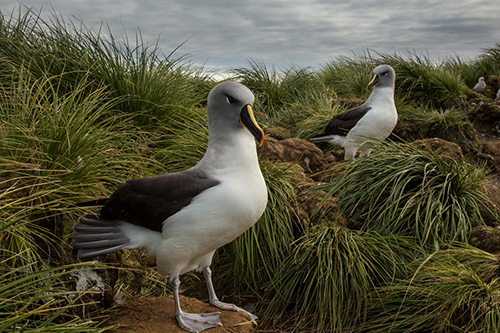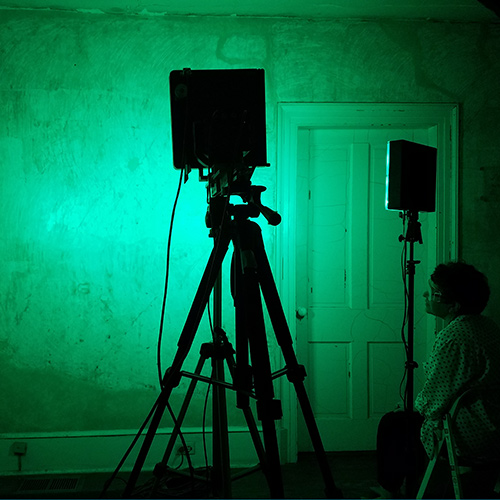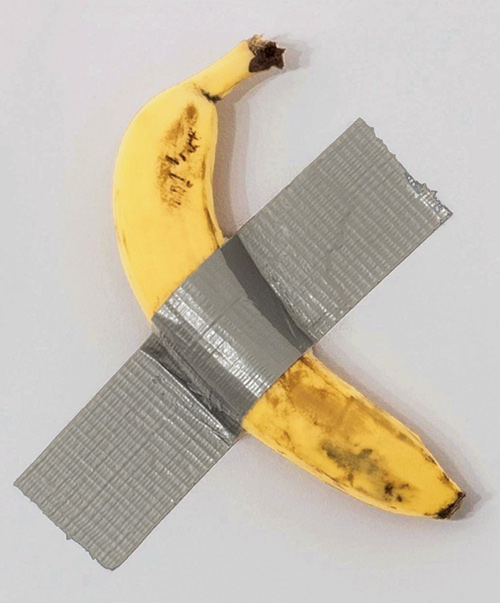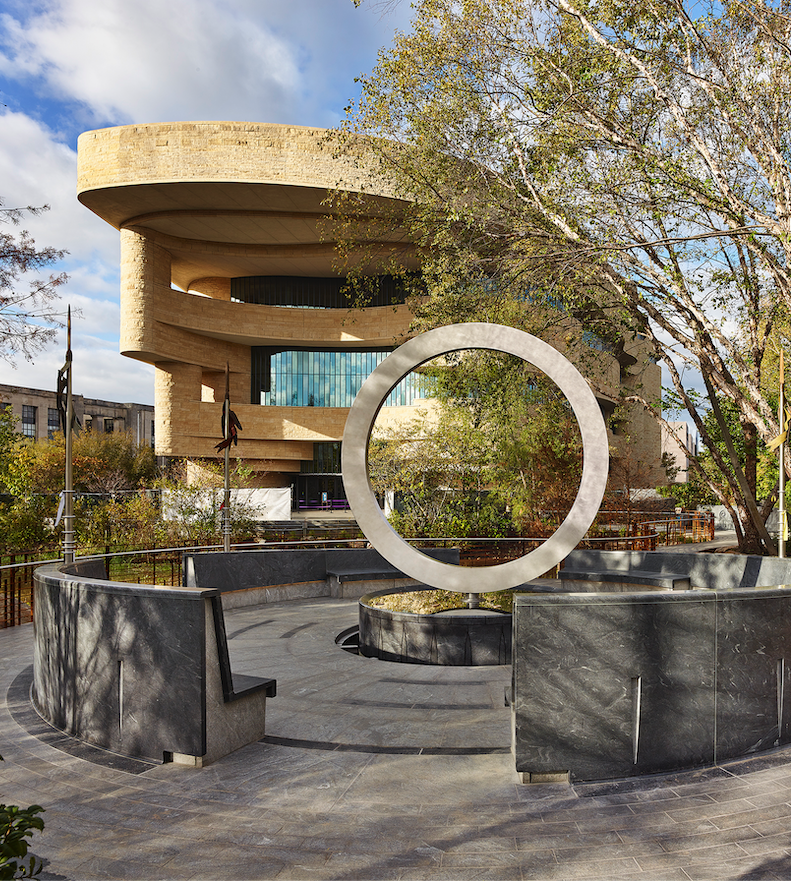The ways we connect with pop culture, art, and history continue to evolve in intriguing new ways. This week's digest invites you to explore virtual exhibitions that spotlight regal costume designs and a gallery of purloined masterpieces; how advanced digital imaging technology brings to light graffiti left by Civil War soldiers; and a new tour app that highlights Indigenous peoples' contributions to Washington, D.C.
They're among the offerings designed to make sure you continue to enjoy what you,ve come to value from Smithsonian Associates: programs and experiences that are entertaining, informative, eclectic, and insightful.
Royal Dressing
 The Queen and The Crown: A Virtual Exhibition of Costumes from "The Queens Gambit" and "The Crown". (Photos: Courtesy of Netflix)
The Queen and The Crown: A Virtual Exhibition of Costumes from "The Queens Gambit" and "The Crown". (Photos: Courtesy of Netflix)
If you're hooked on the two Netflix series that everyone's buzzing about-"The Queen's Gambit" and the fourth season of "The Crown"-the period-perfect costumes are likely high on your list of reasons. The Brooklyn Museum and the streaming service have collaborated to produce a delightful virtual exhibition, The Queen and the Crown, a collection of digitally rendered and interactive 360-degree views of costumes from the two series, along with related objects, all set within a rendering of the museum's soaring Beaux-Arts Court. Take close-up looks at costumes for Queen Elizabeth II, Princess Margaret, Margaret Thatcher, and Princess Diana (yes, the wedding dress is on view), as well as several very fab Mod-era looks for fictional 1960s chess champion Elizabeth "Beth" Harmon. Show clips, a virtual panel discussion featuring designers for both productions, and even background music for your viewing are part of the experience.
And if the exhibit's royal regalia whets your interest in the people who wore the real thing, plan to join Tudor scholar Carol Ann Lloyd-Stanger in early March for a week-long Smithsonian Associates Streaming course that traces a path through the lives and times of the kings and queens who have ruled England to examine how the monarchy has lasted from the days of King Arthur to today.
View the Virtual Exhibition
History of the British Monarchy
The Nature of Nature
 Albatross populations are endangered today (Photo: Enric Sala / National Geographic)
Albatross populations are endangered today (Photo: Enric Sala / National Geographic)
Ecologist Enric Sala, National Geographic's explorer-in-residence and director of its Pristine Seas project, asserts that once we appreciate how nature works, we'll understand how conservation is economically wise and why it's essential to our survival. In a Wednesday, December 16 Smithsonian Associates Streaming program, he examines the intricacies of nature, from the way two species interact with each other to how nine million species of plants and animals-and a trillion different types of microbes-make our planet run in a way that ensures our survival. He makes the case that making room for nature is essential to our survival, even as the human population increases. He also suggests ways to reverse conditions that led to the coronavirus pandemic in order to prevent future global catastrophes.
Register for the Program
The Writing on the Walls
 Multispectral imaging technology reveals layers of hidden information at Blenheim
Multispectral imaging technology reveals layers of hidden information at Blenheim
The walls of Historic Blenheim in Fairfax, Virginia, are a treasure trove of Civil War soldiers' names, regiments, hometowns, dates, personal messages, and pictographs. Built around 1859, the Greek Revival style brick farmhouse was so new when the conflict began that the uncured lime plaster walls were unpainted. In 1862 and 1863 they were covered with extensive graffiti by Union soldiers, which became preserved as the walls dried. The house is now owned and operated by the City of Fairfax, and its walls and graffiti are being analyzed with advanced digital imaging technology. In a Thursday, February 18 Smithsonian Associates Streaming program, members of a team working on the project share preliminary findings from a recent imaging campaign and demonstrate the multispectral imaging process and other technologies that are revealing new layers of Civil War history in an ordinary Virginia house.
Did Michelangelo dabble in graffiti? The story that the distinctive profile of a curly-haired man etched into the stonework of the Palazzo Vecchio was the handiwork of the artist has been usually seen as a Florentine urban legend. But when a Virginia art historian found a strikingly similar profile on an overlooked drawing by Michelangelo in the Louvre's archive, the art world's scholars began to take a closer look. Smithsonian magazine covered the speculation that followed.
Analyzing Civil War Graffiti with Advanced Technology
Read the Smithsonian Magazine Article
Putting a Price on Art
 Maurizio Cattelan's duct-taped banana at Art Basel Miami Beach
Maurizio Cattelan's duct-taped banana at Art Basel Miami Beach
When a Damien Hirst formaldehyde shark in a private collection, a partially shredded Banksy print at auction, and a banana duct-taped to a wall at Art Basel Miami Beach are worth millions of dollars, what does it say about how we value contemporary art? Join Ellen Gorman of Georgetown University in a Monday, February 22 Smithsonian Associates Streaming program that offers a survey of the history of the American art market from the 1950s to the present. In the process, she introduces the cast of players and corporate entities behind the transformation of artworks into commodities for sale to the highest bidder, a roster that includes auction houses, collectors, artists, and dealers, as well as private banks, hedge funds, and law firms.
There's also another category of players who have a longstanding (and very hands-on) connection to art and money: thieves. The virtual exhibition Missing Masterpieces brings together a dozen stolen or vanished works into what its curator, art historian Noah Charney, calls an "impossible gallery" that shares the spirit of his 2018 book The Museum of Lost Art. But for Charney, founder of the Association for Research into Crimes Against Art, there's more to it than simply a greatest-hits collection of purloined paintings. He hopes the exposure will result in crowd-sourced clues that might lead investigators to their whereabouts. Smithsonian magazine shares the details.
Contemporary Art as a Commodity
Read the Smithsonian Magazine Article
DC's Native Ground
 The National Native American Veterans Memorial designed by Harvey Pratt (Cheyenne and Arapaho Tribes) on the grounds of the National Museum of the American Indian. Photo by Alan Karchmer for the National Museum of the American Indian.
The National Native American Veterans Memorial designed by Harvey Pratt (Cheyenne and Arapaho Tribes) on the grounds of the National Museum of the American Indian. Photo by Alan Karchmer for the National Museum of the American Indian.
There's no shortage of guides to Washington, D.C., but a new one steps into an aspect of the city's character that's often overlooked: its Native American history and heritage. The Guide to Indigenous DC is a free tour map and mobile app featuring sites of importance to Native peoples across the nation's capital. It emphasizes Indigenous peoples' contributions to Washington, highlights the historical and contemporary federal tribal policy developed in the city, and acknowledges the peoples whose homelands upon which the District of Columbia was built. The guide also showcases stories of how the city is a place of tribal history, gathering, and advocacy with a long, rich history. It covers 17 locations in the area, including the U.S. Marine Corps War Memorial, the White House, Dumbarton Bridge, Analostan/Theodore Roosevelt Island, and the Capitol. Two Smithsonian sites are among them, the National Museum of the American Indian and Native American Veterans Memorial. The memorial, dedicated last month on Veterans Day, honors the service and sacrifice of Native veterans and their families.
You can view the memorial and learn about its making in a video presentation.
Guide to Indigenous DC Tour
Learn More About Native American Veterans Memorial